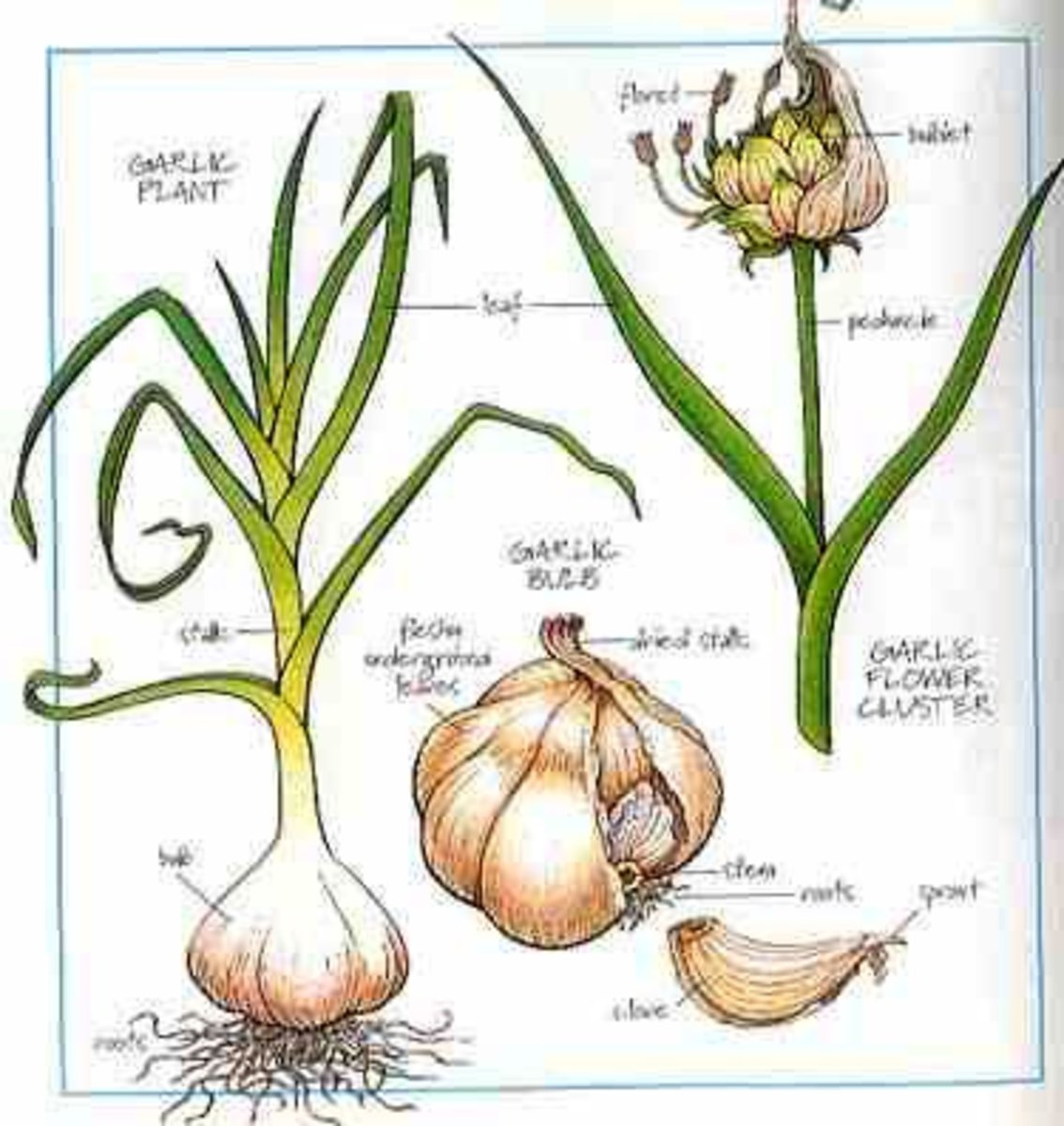
After being cut onions can be stored in the refrigerator in a sealed container for up to 7 days. Crow poison aka false garlic or Nothoscordum bivalve.

Seeds fresh and dry leaves twigs and bark contain potentially deadly cyanogenic glycoside such as amygdalin and prunasin which has an almond odor.
Can wild onions be poisonous. This video shows how to tell the difference between Wild Onion and its poisonous lookalike Death CamasPlease check out my other wild edible videos. Humans Are Not Exempt Although no full-scale tests have been done on onion toxicity in humans for obvious reasons there are plenty of instances of all types of animals large and small being sickened and killed by onions when their senses dont do a good enough job warning them away. As for eating the wild onions in your yard I probably wouldnt.
Not because the plant is poisonous more because of the taste. The onion genus Allium has many members. No wild onions are not poisonousbut there are some plants that look like wild onions that are extremely toxic.
What toxic or poisonous plants look like wild onion or garlic. Crow poison aka false garlic or Nothoscordum bivalve. When handled properly cut onions are not poisonous.
After being cut onions can be stored in the refrigerator in a sealed container for up to 7 days. A widely circulated claim states uncooked leftover onions are poisonous because theyre a huge magnet for bacteria thus likely to spoil. Similar beliefs even advise burying onions used to extract disease because their concentrated poison can become so potent.
Cut onion in the refrigerator ShamaanShutterstock. These trees are can be found in old fields moist sites in woods along hillsides and streams throughout the US. The wilted leaves and bark are very poisonous.
Seeds fresh and dry leaves twigs and bark contain potentially deadly cyanogenic glycoside such as amygdalin and prunasin which has an almond odor. Wild onionsgarlic set bulblets on top If a plant looks like an onion and smells like an onion you can eat it. If a plant looks like a garlic and smells like a garlic you can eat it.
If you do not smell a garlic or an onion odor but you have the right look beware you might have a similar-looking toxic plant. Wild onion also known as wild garlic is found in lawns fields and even randomly growing in gardens. The plant a close relative to the typical onions grown from bulbs and seeds has a slightly similar yet distinctly milder taste when compared to other onions.
The smell is a combination of both onion and garlic making it very discernible. Thisll show you how to correctly identify and dig up wild onions in the south. Wild onion is one of the easiest foraging plants to identify and harvest.
Wild onion Allium canadense L is often confused with wild garlic Allium vineale L. Both plants often occupy the same sites. Wild onion can be distinguished from wild garlic by its leaves that are flat in cross section and not hollow.
The presence of a fibrous coat on the central bulb the offset bulblets at the base of the plant and the areal bulblets readily distinguish wild garlic from. Also known as death camas these wild flowering plants can look a lot like the up to 900 wild onion garlic and leek species that may grow nearby but these are extremely poisonous to. Onions contain compounds called disulfides and thiosulphates which can be toxic cats and dogs if ingested.
The ingestion of onions causes conditions called hemolytic anemia Heinz body anemia and methemoglobinemia which are all manifestation of damage to red. Leaves of the ornamental rhododendron look very much like bay leaves. However rhododendron plants are poisonous.
A big danger with this plant is that the nectar is especially toxic so honey made from the plant is also toxic. It can cause nausea vomiting and weakness. According to the National Onion Association this onions-are-poisonous myth originates from several different sources including a folk belief from the 1919 influenza epidemic that claims cut onions left around the house will combat the flu virus and a 2008 blog post via Dinner With Zola that purports onions and potatoes cause more food poisoning than spoiled mayonnaise.
An alkaloid N-propyl disulphide present in both cultivated and wild onions chives and garlic causing oxidative injury to the hemoglobin and red blood cell membrane. The hemoglobin once damaged precipitates into Heinz bodies visible in the red blood cells. Diets containing more that 25 dry matter of onion will.
But canadian moonseed is a dead ringer for some wild grape varieties pun intended. The fruit produced by this poisonous plant looks eerily similar to both wild grapes and even to some grape bushes you can purchase at a garden supply store and cultivate. Wild onion would smell like wild onion.
Camas has a creamy white flower on it and all parts of the plant are poisonous to humans The US. Department of Agriculture says if the bulbs are eaten.